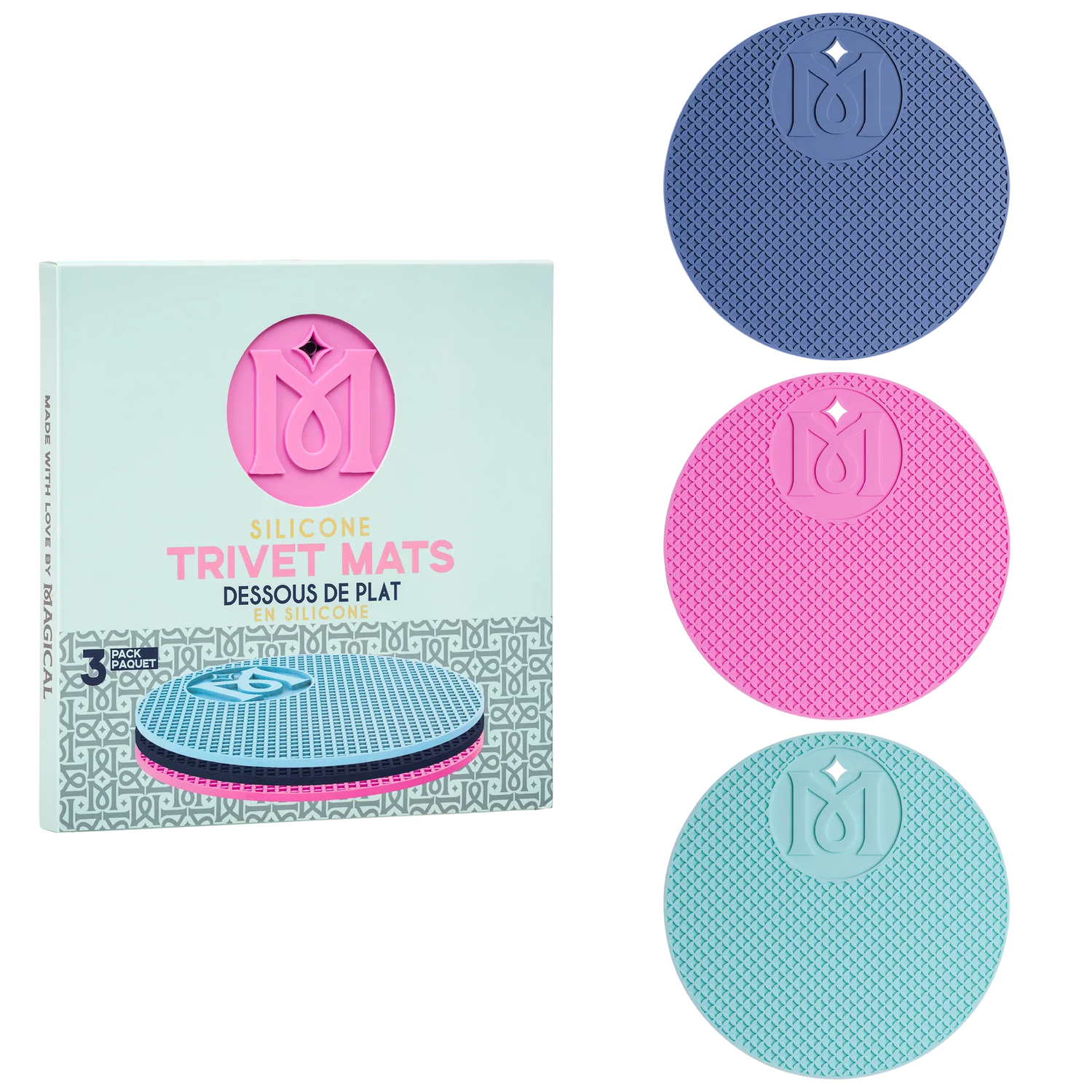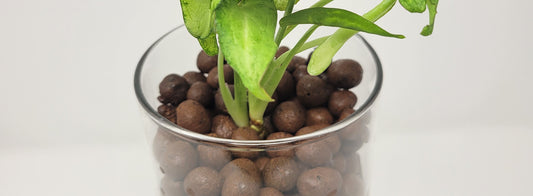In order to have a successful indoor garden, you need to understand the most fundamental aspect of plants: their life cycle. Outdoors, a plant will easily follow the natural seasons, growing and blooming to nature’s cues. When growing indoors, you'll need to know the phases of growth in order to simulate the conditions your plants need.

Seed
For most plants, life begins with a seed. Seeds contain protein, fats, and all the nutrients needed to grow a root, a stem, and leaves. These first leaves are called cotyledons (cot-uh-lee-duhn), and they usually don’t look like the plant’s true leaves. Most cultivated seeds need a dark, damp environment to get started, and either warm (tomatoes, peppers, squash) or cool (lettuce, radish, hemp) conditions. Some plants, like most wildflowers, need direct light to germinate.

Seedling
Once the seed has cracked its outer shell and produced a stem and cotyledons, it’s known as a seedling. During the seedling phase of life plants begin photosynthesizing, building a root system, and taking in nutrients. Most seedlings respond well to long hours of light and can handle 18-24 hours. At this stage, feedings should be kept to a minimum. Nitrogen fertilizer mixed at half the recommended rate with beneficial bacteria once a week will stimulate growth. Some growers also choose to use a root enhancer, but it's not required.

Vegetative
Once it has a couple sets of true leaves, the plant is in the vegetative stage of growth. During this phase, plants take up nitrogen (N) in order to build a strong stem and leaves. Most plants can use 18 hours under white/blue spectrum indoor grow lights during vegetative growth, however some (like strawberries) require a specific amount of darkness. When trying to mimic a natural growing environment, temperatures will be species and/or cultivar specific. Some people supplement with silica to strengthen stems, but unless there’s a deficiency, it's not necessary.

Flowering
During the transition into flowering, plants take up less nitrogen and more phosphorus (P) to produce bud sites. Quickly following this, they take up potassium (K) as they prepare for pollination. Most nutrients designed for this phase are high in both of these key nutrients. Lights are reduced to 12-14 hours a day and move to a red spectrum. This can be done gradually, or all at once depending on personal preference. Some growers also use bloom enhancers or sweeteners during this phase.

Fruiting
Once flowers are pollinated, they produce fruit or seed pods which complete the cycle. When grown indoors, most plants need to be hand pollinated to produce fruit. Reducing the lights down to 10 hours, and dropping the temperature a few degrees can increase fruiting in many plants as they try to reproduce before the end of the season. It should be noted however, that plants may start to drop their leaves and push remaining energy into the fruit if it stays in these conditions for more than a couple weeks.

Dormancy
If you want to continue producing from the same plant after a full growing season, it can be helpful to enter a period of dormancy. To enter dormancy, reduce the hours of light to less than 10 hours, eliminate or reduce feedings, and prune back damaged or overgrown sections. After a few weeks, slowly increase the amount of light, and begin regular feedings of nitrogen fertilizer.

Re-vegging
Whether or not you put your plant into dormancy, it's possible to take it back to a vegetative growth phase. Prune back old branches, increase light to 24 hours, and resume feeding a nitrogen fertilizer. It’s recommended that you transition your plants slowly to reduce shock.

Not all plants go through their life cycle in distinct phases. Peppers and indeterminate tomatoes (usually vine types) continue to grow new leaves and branches while they produce flowers. For these plants a nutrient formula with balanced NPK values is recommended, such as a 2-2-2. Light and temperature recommendations generally stay the same.
We know that there’s a lot to learn with indoor gardening, and we’d love to answer any questions you may have. Comment below, contact us here, or stop by Taproot Hydroponics so we can help your garden grow!






